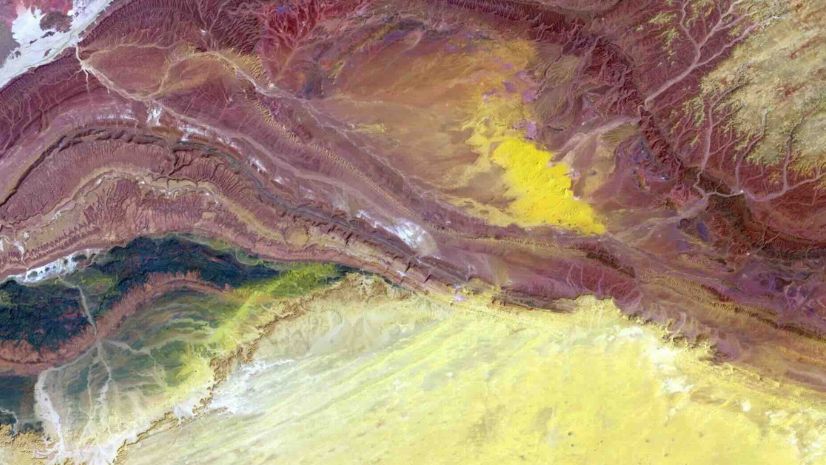“They’re a CIO to watch.”
“That’s a government to watch.”
How do individuals or organizations become the “ones to watch”? Simple: when they take action. They don’t wait to be told what to do, to see what others do, to have others carve the path. They roll up their sleeves and get to work. They are trailblazers.
In the government community, there is perhaps no better group to watch than county government. Counties are the organizations that have long understood and embraced GIS. This is because the challenges counties face are spatial problems. They were the early adopters and pioneers who saw the technology as a means of understanding where county-owned property were located, where easements were in the right-of-way, where crews were needed, where additional services or resources were needed, and more. They helped write the playbook on GIS being embraced as a critical infrastructure by governments worldwide.
Then the events of the pandemic elevated the business value GIS brought to counties when it was embraced as an enterprise- or organization-wide mission critical infrastructure. Cobb County, GA and Maricopa County, AZ raised the bar in implementing GIS. Both counties boasted the launch of more than 140 applications during this hectic time. These apps support workflows on health and human services, law enforcement, parks and recreation, public works, transportation, economic development, and several other departments. Their work supported homelessness, safer streets, economic recovery, real-time decision making, connecting citizens to outdoor recreation, and of course, improving the quality of life. Organizations like Fairfax County, VA followed similar patterns and were able to address racial equity, civic inclusion, and climate change.
To celebrate successful county stories like these, we have released a booklet, GIS for County Government: Advancing Sustainable and Resilient Approaches, that highlights the leading county governments that are using GIS technology to help modernize their operations, remain agile, and create equitable and inclusive policies. The stories in this booklet are from your peers across the country, and hopefully inspire you to replicate some of these best practices into your own organization.
It is clear that when a little initiative is paired with GIS, the possibilities are endless. By thinking geospatial first, counties are developing innovate tools and apps to improve county workflows and address emerging challenges.
With GIS, you can go from unknown, to an award-winning Government to Watch.



